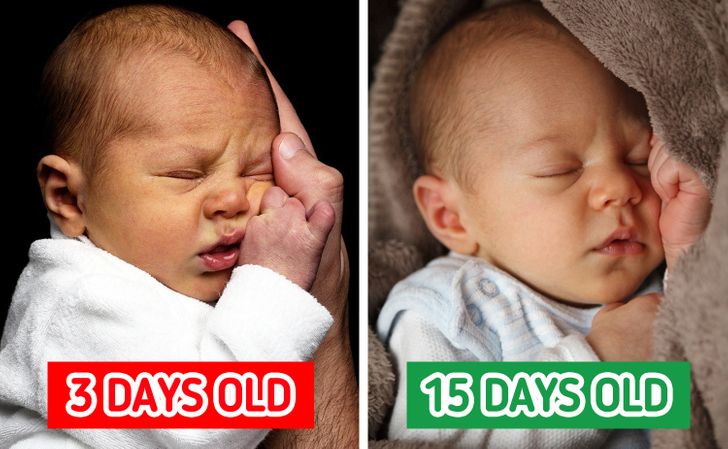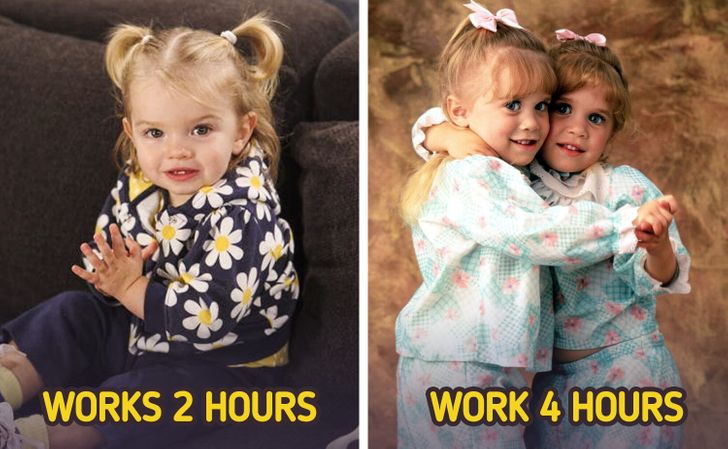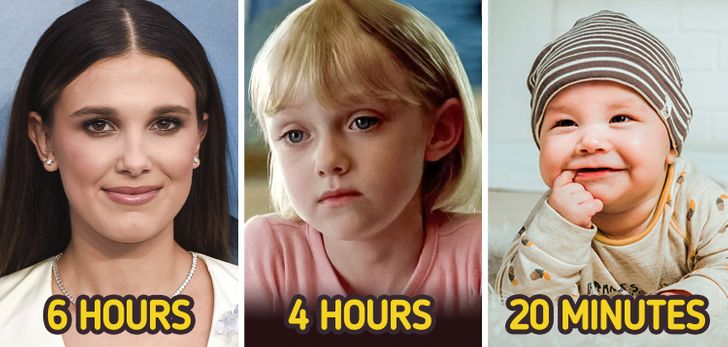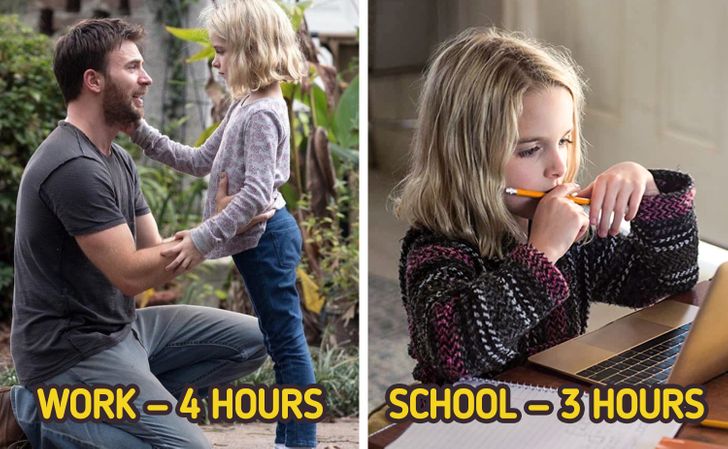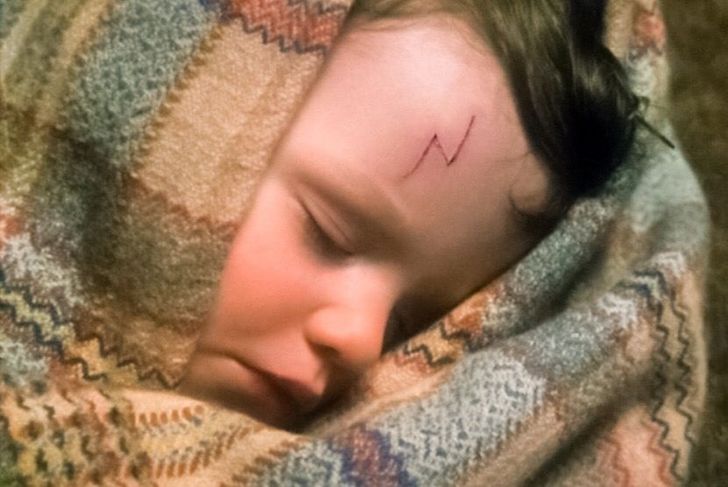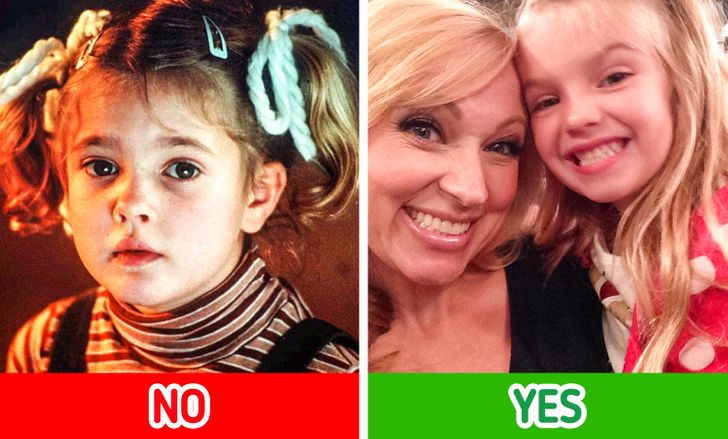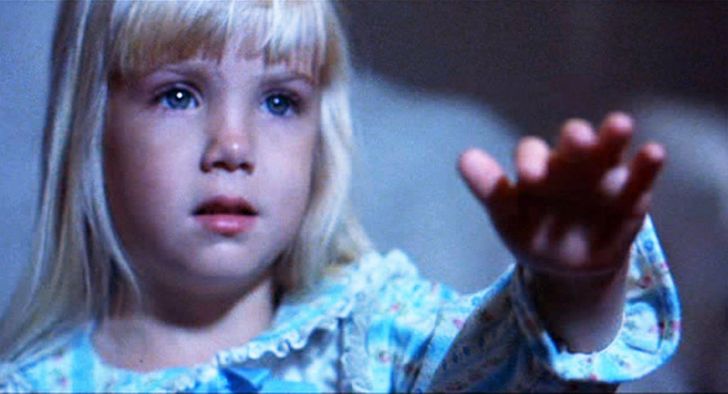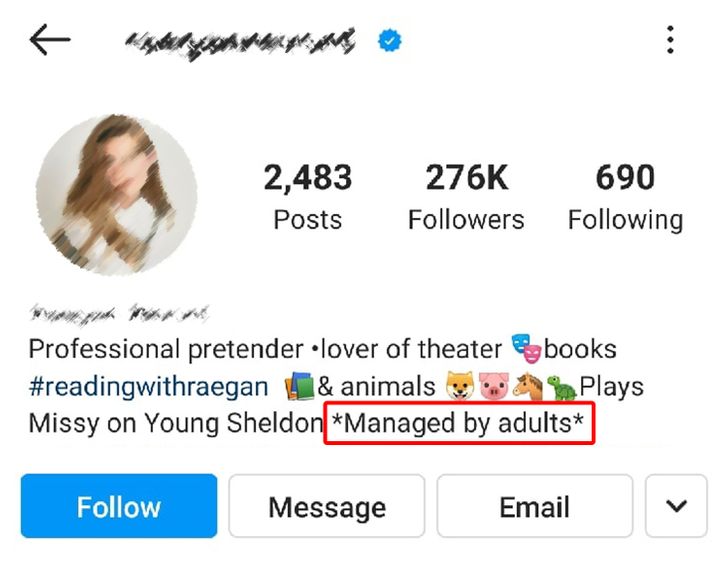Some that filming horror or crimo movie also need to go to psychologist.
10 Facts About Working With Child Actors We Had No Idea About
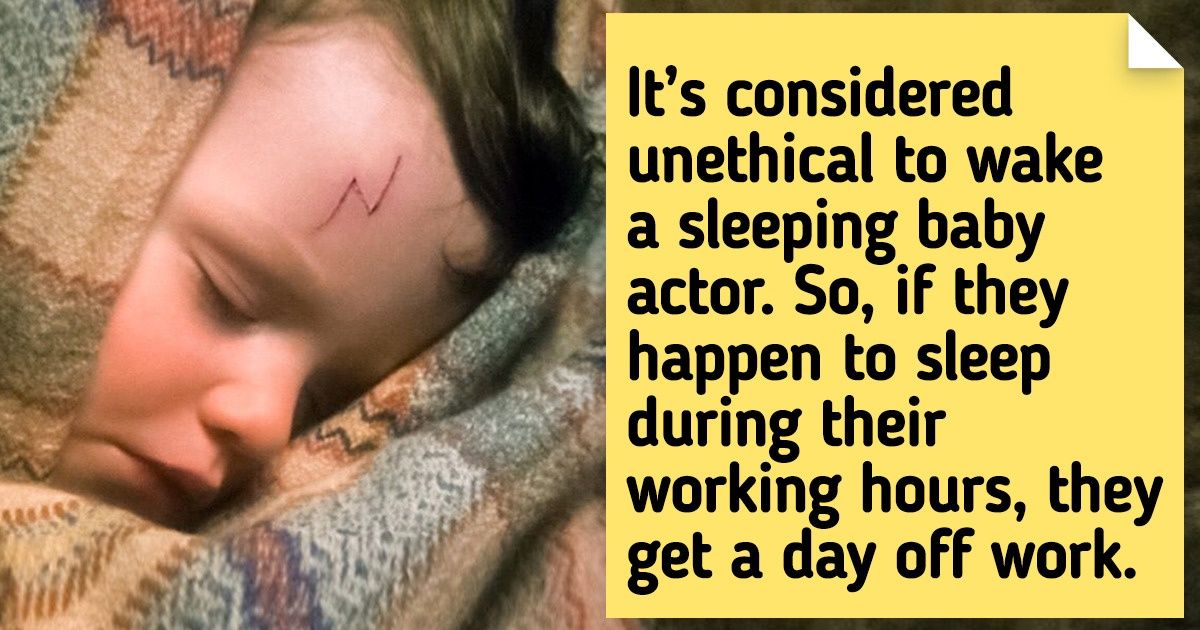
Show business is one of the very few industries in the US where it’s legal for a child to work. It’s also an industry where a child can be as professional as an adult. When 9-year-old Macaulay Culkin, the star of Home Alone, was working on the movie, he’d sleep on the ground between takes if he got tired, all so that we could experience the true magic of movies.
Here at Bright Side, we investigated what a child actor’s reality is really like behind the scenes.
1. There are age restrictions.
However, restrictions vary greatly from state to state. In some states, there are even no age restrictions at all. However, most filming is done in California, and the state has one of the most protective rules. There, a child must be at least 15 days old to be able to work. Also, it’s forbidden in California to hire premature babies who are younger than 1 month old.
2. Children can only work for a particular amount of time.
In California, infants under 6 months old are only allowed to be on set for 2 hours a day and can’t work more than 20 minutes a day. Babies from 6 months old to 2 years old can be at the workplace for 4 hours a day but work no more than 2 hours.
That’s why producers prefer to hire twins and triplets. Twins turn 2 hours into 4 hours. Also, if one baby isn’t in the mood, another one can act in the meantime. Whenever possible, directors prefer to use a doll. Also, infants can only work between 9:30 a.m. and 11:30 a.m. or between 2:30 p.m. and 4:30 p.m.
- Kids who are 2-6 years old can be on set for 6 hours a day, but they can only work for 3 hours.
- For actors ages 6 through 9, they can be on set for 8 hours, but work for only 4 hours.
- Actors ages 9 through 16 can be on set for 9 hours, but they can only work for 5 hours if it’s school time. During the holidays, they can work up to 7 hours a day.
- 17-year-olds can be on set for 10 hours and work 6 hours a day. During the holidays, they can work up to 8 hours a day.
3. Working consists of more than acting.
If an actor is 8 years old and can work for 4 hours, it doesn’t mean they’ll be acting the whole time. Getting dressed for the character, getting their hair and makeup ready, and any travel time between the studio and the location also counts as working time. So, the more complicated the character’s look is, the less time there is for acting.
4. Child actors have a mandated amount of time that must be devoted to school work.
Child actor laws dictate that a child’s time on set should be divided into 3 parts. First, it’s working time. Next, there’s recreational time. And finally, there’s school time. Even for actors, education is obligatory. For this reason, if there’s a child on set, producers should budget for the services of a studio teacher.
A studio teacher is a person who is responsible for the child, their safety, and education. The teacher knows all the rules and regulations regarding the child and is the producer’s counselor when it comes to the young actor. The teacher should always be present on set when the child is there, including during weekends and holidays.
5. It’s considered unethical to wake a sleeping baby.
Babies can only work for 20 minutes at a time. However, if a baby happens to be sleeping during their working hours, no one will wake them up. They just get a day off work. For this reason, during a baby’s audition for the role, being awake and not crying is a big advantage, and it increases their chances of being hired.
For example, Mary-Kate Olsen and Ashley Olsen got the role of Michelle on Full House because they were the only twins who didn’t cry during the audition.
6. A child can never be left alone.
There should always be one parent or guardian per child on set within sight. So, parents can’t just drop the child off to the set and leave to do some other stuff in the meantime. The only time a parent is allowed to be away from their child is when the actor is with their studio teacher, studying.
7. Children cannot be aware of certain content.
While on set, children should be kept away from everything they’re not supposed to see or know. The crew must be careful with how they behave and what they say when there’s a child around.
Even if they’re acting in a horror movie, no one is allowed to scare them or let them see something they’re not supposed to. This way, they’re just having fun, even if the movie isn’t about anything fun at all. For example, Danny Lloyd, who starred in The Shining, didn’t know that he was acting in a horror film.
8. Everyone on set should be on their best behavior.
Movie sets are crowded with actors, directors, and camera people. Everyone is running around and giving instructions, so it gets really loud there. But when there’s a baby on set, it all stays as quiet as possible.
Children have a unique right to do whatever they want to. If it’s crying, then they cry. If they aren’t in the mood, so be it, and everyone adjusts, which may mean no filming. That being said, everyone working on set unites for one common goal: to keep the young actor happy and prevent them from crying.
Also, it’s just as important to follow rules of etiquette since children are sensitive.
9. All the makeup must be approved.
Child actors can’t be put at risk in any way. But even little babies on set sit in a makeup chair. For example, to make a baby look like a newborn in birthing scenes, the little actor gets smeared in products like jelly and cream cheese. Permission from a parent or guardian must be obtained before applying anything to an infant’s skin.
10. Child actors aren’t allowed to manage their own social media accounts.
Many social media platforms don’t allow people to register until they’re 13 years old. The same rule applies to young actors. For this reason, actors who are younger than 13 need their parent or a manager to run and monitor their social media accounts.
Would you introduce your child to show business?
Comments
Kids get to do some amazing work and it's Always presented as Playtime. No one is there to traumatise the kids.
Related Reads
13 Family Conflicts That Sound Straight Out of a Soap Opera

12 Stories That Had More Drama Than a Season Finale

12 Stories That Prove Little Acts of Kindness Never Stay Little
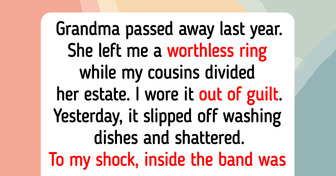
I Refused to Trust My Stepson After His Lies—He’s No Longer Welcome in My House
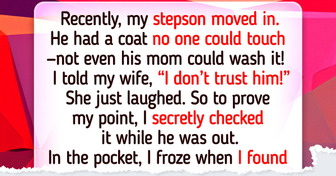
I Refused to Give Up My Extra Plane Seat to a Kid — Things Escalated Quickly
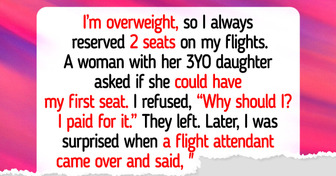
I Refuse to Be Treated Like the Family Nanny—And My Mom Chose Her Boyfriend Over Me
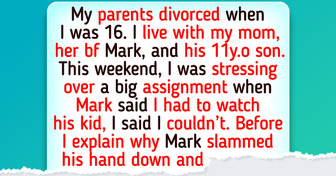
My DIL Shut Me Out of the Family Vacation but I Didn’t Hold My Tongue
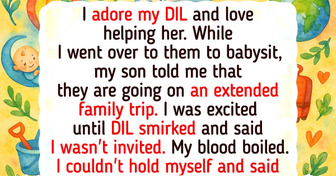
12 Unseen Sacrifices Moms Make to Put Their Kids First

I Refused to Have My MIL on Another Trip If She Won’t Babysit—Her Slapback Was Brutal
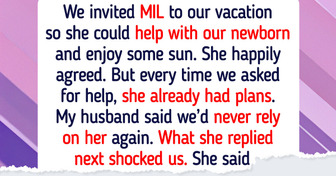
I Refused to Return to the Office After Years of Remote Work — Then HR Dropped a Bombshell
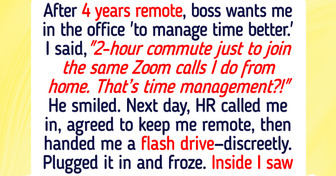
My DIL Excluded Me From Gender Reveal Party, Saying I’m "Not Family"—Big Mistake

10 Moments When Kindness Was the Ultimate Power Move

